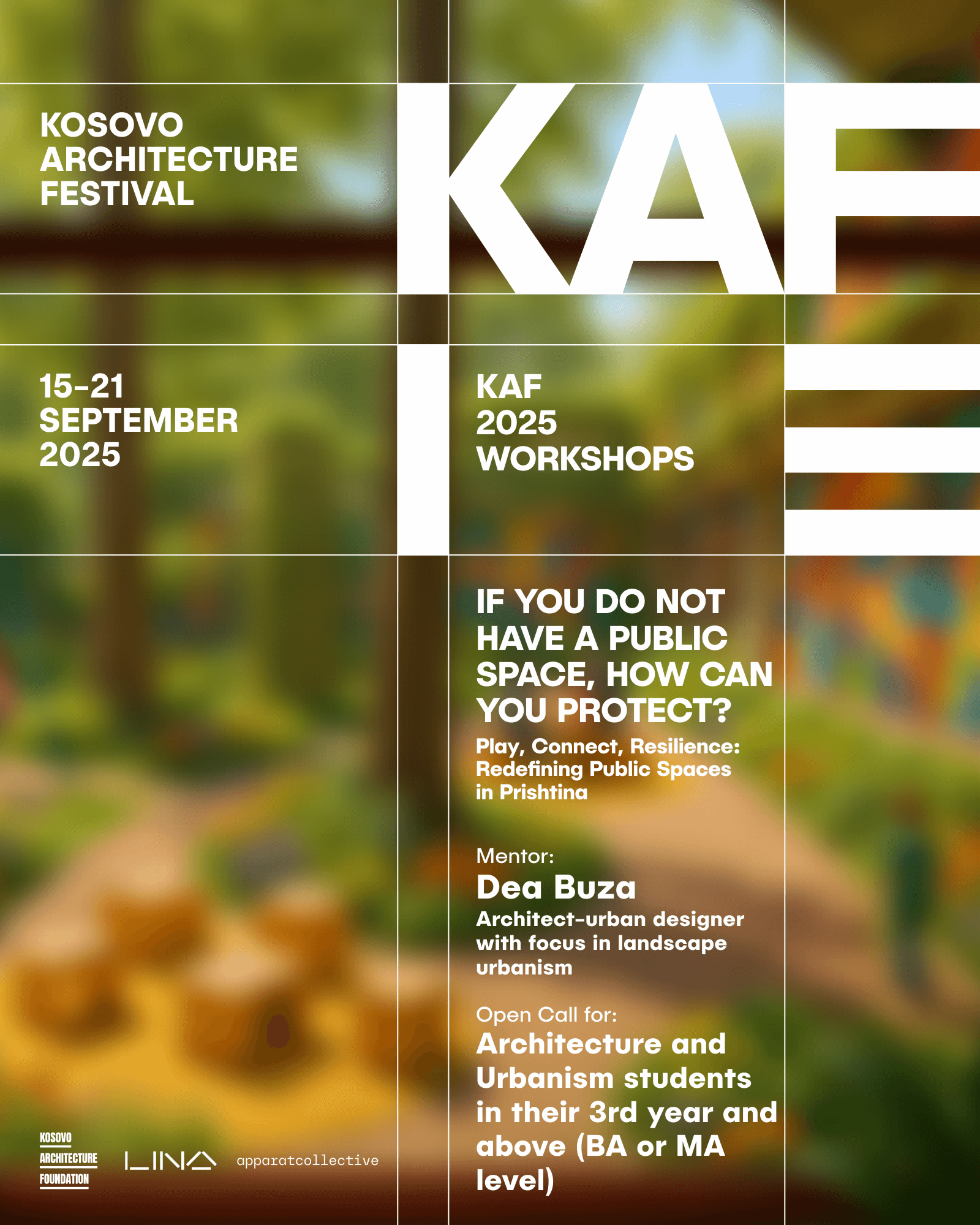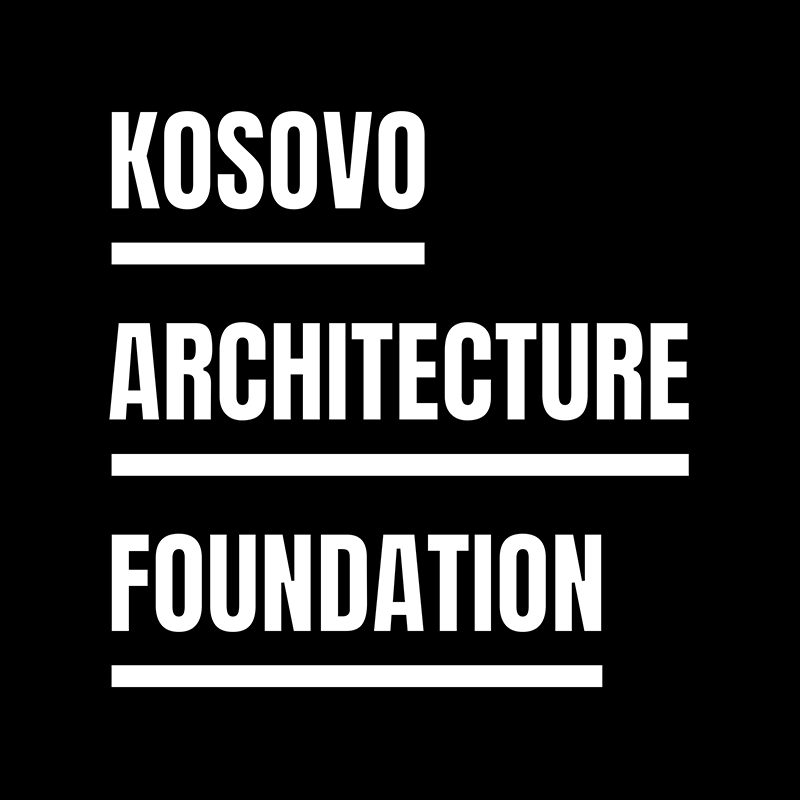
LMNL at KAFx12

Erica Chladová is an Architect and Landscape Architect based in the Netherlands. Erica holds an undergraduate degree from Cornell University and a Master’s degree from the Technical University Delft. After working for several prominent US, UK and Dutch studios including Koning Eizenberg Architecture, ZUS and LOLA landscape architects, she co-founded LMNL office [for architecture and landscape] with Robert van der Pol in 2017. Concerned by the hard line traditionally drawn between architects and landscape architects we seek the freedom to be able to work seamlessly across the two disciplines. LMNL designs naturalistic landscapes and architecture made of natural materials. Our practice focuses on sustainability, material research, climate adaptation and technical feasibility and hopes to inspire change in the industry. We take careful consideration of the fundamental elements of nature, light and air, and focus on how design can make more pleasant, livable spaces for the future. The work of the practice encompasses projects across several scales: the first being sustainable and healthy bespoke homes and gardens, the second being larger scale urban studies, and the third is being hands on in our experimental home base, where we are considering the future potentials of rural living and horticulture. In this way we can take lessons learned from one scale and carry them through to others. In addition to her interest in design, Erica is an avid gardener of both vegetables and flowers, and a beekeeper. The work of LMNL office has been featured in publications such as Europan 15: Productive Cities, Bouwwerld, Enki Magazine, Het Houtblad, and exhibited at International Architecture Biennale Rotterdam, Rotterdam Architecture Month and the Chicago Architecture Biennial.
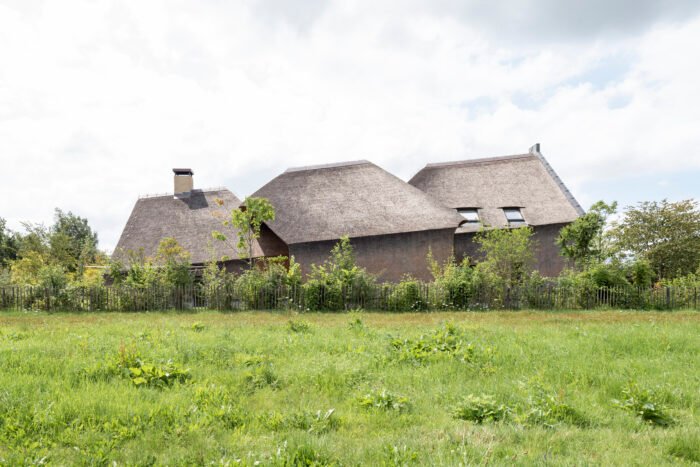
Robert van der Pol is a Dutch Landscape Architect. He holds an undergraduate degree in Architecture and a Master’s in Landscape Architecture from the Technical University Delft. After working at ZUS – Zones Urbaines Sensibles in Rotterdam, Robert co-founded LMNL office [for architecture and landscape] in 2017 in order to explore alternate ways of working. LMNL designs buildings with biobased and vapour permeable materials, creates meaningful landscapes, and uses light, color and materialization to design sensory, healthy and tactile spaces that age gracefully. In our designs, large and small, we take the impact on both people and nature into account. We hope that sustainable and healthy living in a biodiverse landscape will become standard. In our work we strive for design excellence, without pretension. We focus on designing buildings that are rooted in their environment, and which treat the local, spatial, and natural context respectfully, while strengthening the identity of the place in which they are built. In 2022 LMNL left the city behind and relocated to the countryside. Grondvorm, a design, garden and landscape laboratory, was set up as the new headquarters of the practice. At grondvorm we work on transforming a two hectare former agricultural plot into a bio-diverse and climate proof cultural landscape and invite others to collaborate. In addition to design, Robert focuses on the creation of a diverse wildflower meadow, beekeeping, and the maintenance of the many (fruit) trees on site. Through LMNL and grondvorm we work both on design and the hands-on side of place-making.
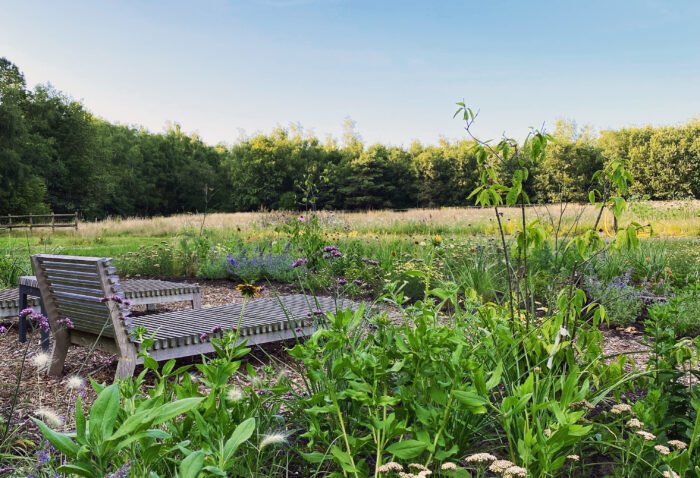
About LMNL
LMNL office [for architecture and landscape] is a Dutch studio which specializes in the design of naturalistic landscapes and the architecture of natural materials. Founded in 2017 by Erica Chladová and Robert van der Pol – Erica (Architect and Landscape Architect) and Robert (Landscape Architect) met while completing their graduate studies at the Technical University Delft.
Our working method relies on experimentation with alternative building materials, technologies, form, and logic. We always seek to reconcile sustainable low-impact strategies with the specific needs and limitations of each project, so that the results are diverse and differ in methodological and technical approach.
LMNL works on commissions, competitions, and research studies that bridge the fields of architecture and landscape. Our work seeks to merge the building and the environment, focusing on the liminal space between inside and outside. Sustainability is a priority for us – all our built projects feature sustainable, biobased, and where possible, circular materials. We renovate historic buildings and build new buildings with natural materials that are fully vapor permeable and promote the best possible indoor air quality for their occupants.
Materials we favor include: wood (mass timber and wood frame), wood fibre insulation, hemp, clay and earth plasters, among others. We prefer to focus less on using mechanical installations in buildings and choose instead to rely on material technology. These materials help create and maintain a comfortable interior atmosphere, through their breath-ability and regulatory characteristics.
In addition to architecture we design naturalistic landscapes, large and small, which take the changing climate into consideration and respond as needed. Next to our design practice we are developing a garden, design and landscape laboratory named grond|vorm, where we invite colleagues to collaborate and test out ideas while we work to convert a two hectare disused mono-cultural agricultural landscape into a biodiverse culturally relevant landscape.
We believe in designs where the built form and living landscape benefit from and interact seamlessly with one other. Landscape isn’t subordinate to the structure – the structure however, is secondary to its surroundings. Our goal is to design that interaction between architecture and its landscape to create more playful, powerful and livable places with a look to the future. Our work is defined by a contemporary aesthetic that is rooted in the local vernacular, and is complemented by a strong commitment to sustainable and regenerative (landscape) architecture.
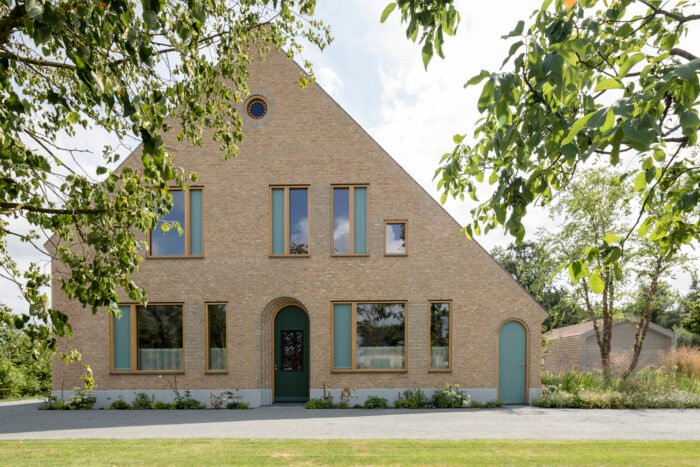
Lecture Synopsis
Regenerative Practice(s): Alternate Ways of Working
The work of LMNL office [for architecture and landscape] is multifocal. Some would say we have a hard time focusing – or maybe we see inspiration and value all around us. As architects and landscape architects we are equally preoccupied with both the inside and the outside, the built and the natural environment, and the liminal space in between. Our creative position is one of outsiders, who feel inspired to find alternate ways of working.
The global emergencies of climate change and biodiversity collapse call for a paradigm shift in the design of the built environment. If we hope to mitigate the worst effects of anthropogenic climate change and restore habitats we must transition away from degenerative, destructive, and short sighted practices that perpetuate the planetary emergency, and towards a regenerative way of working that creates positive outcomes for people and the natural systems we live in.
Regenerative architecture promotes conservation and performance through a focused reduction of the environmental impacts of a building, while taking cues from nature. How can we renovate existing structures using healthy and natural materials in order to lengthen their life spans another century or more? How can we minimize the footprint of new buildings using bio and geo-based materials to reduce the global reliance on carbon-heavy materials like concrete and unhealthy petrochemical based insulations?
Regenerative landscape (architecture) is perhaps less complex. Nature has already shown us the way, and it has the power to heal itself. How can we improve marginalized open spaces in cities and bring people closer to nature? How can we regenerate landscapes outside of cities that have been impacted by industrial agriculture? And why, as designers, did we leave the city to live and work in the countryside? We will show some of our recent work and expand on these topics.
Architects hold the power to help shift the building industry, by carefully choosing the materials they wish to specify, guiding clients to make good decisions, and inspiring them to achieve more with their projects. Sustainable design has been a crucial step in creating green, environmentally conscious structures, but it is not enough to simply be “less bad”. We must now actively restore and replenish landscapes and resources devastated by outdated and destructive building practices.
LMNL’s lecture will be held on the 5th of July in Kino Armata as part of the evening public lectures starting from 18:45

